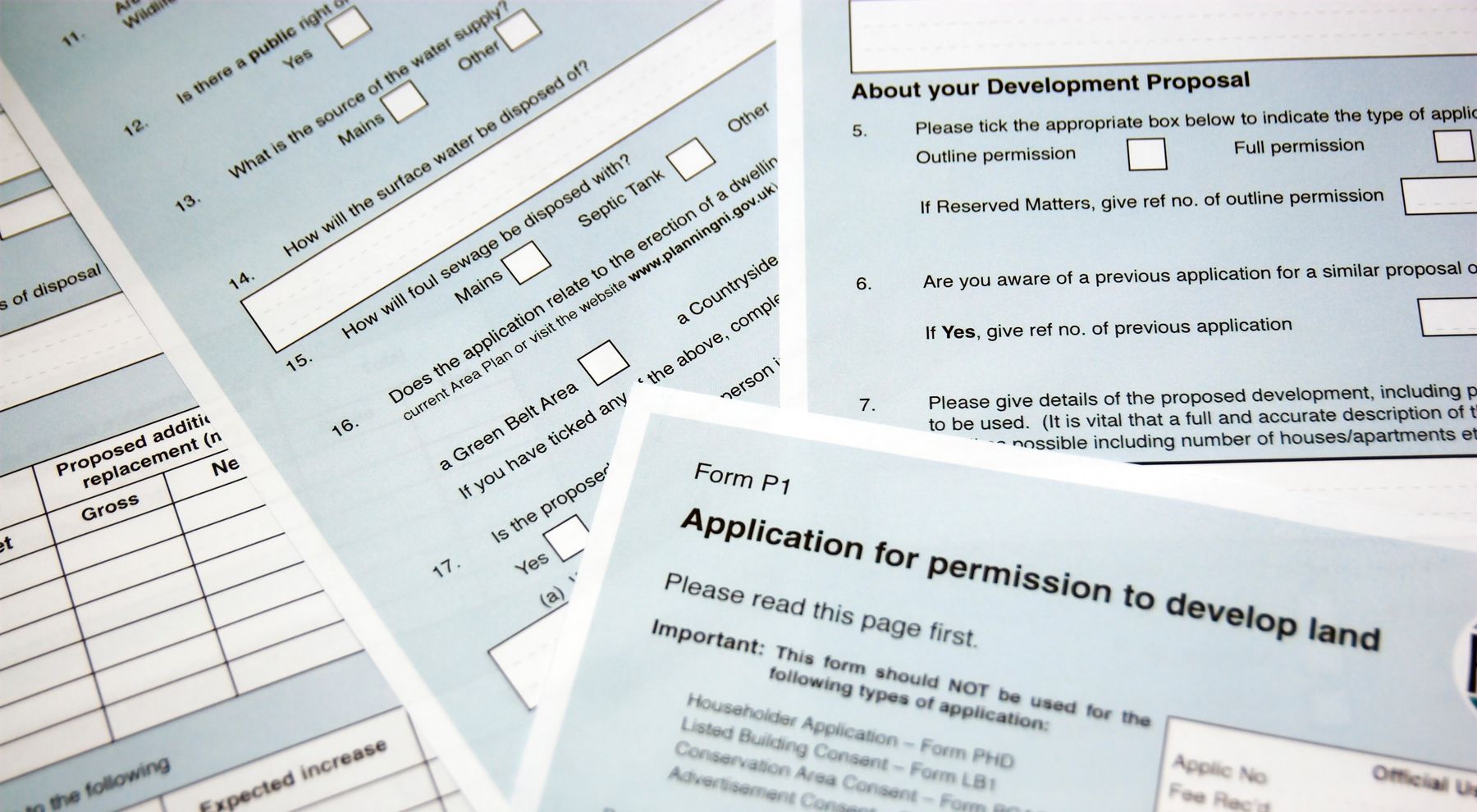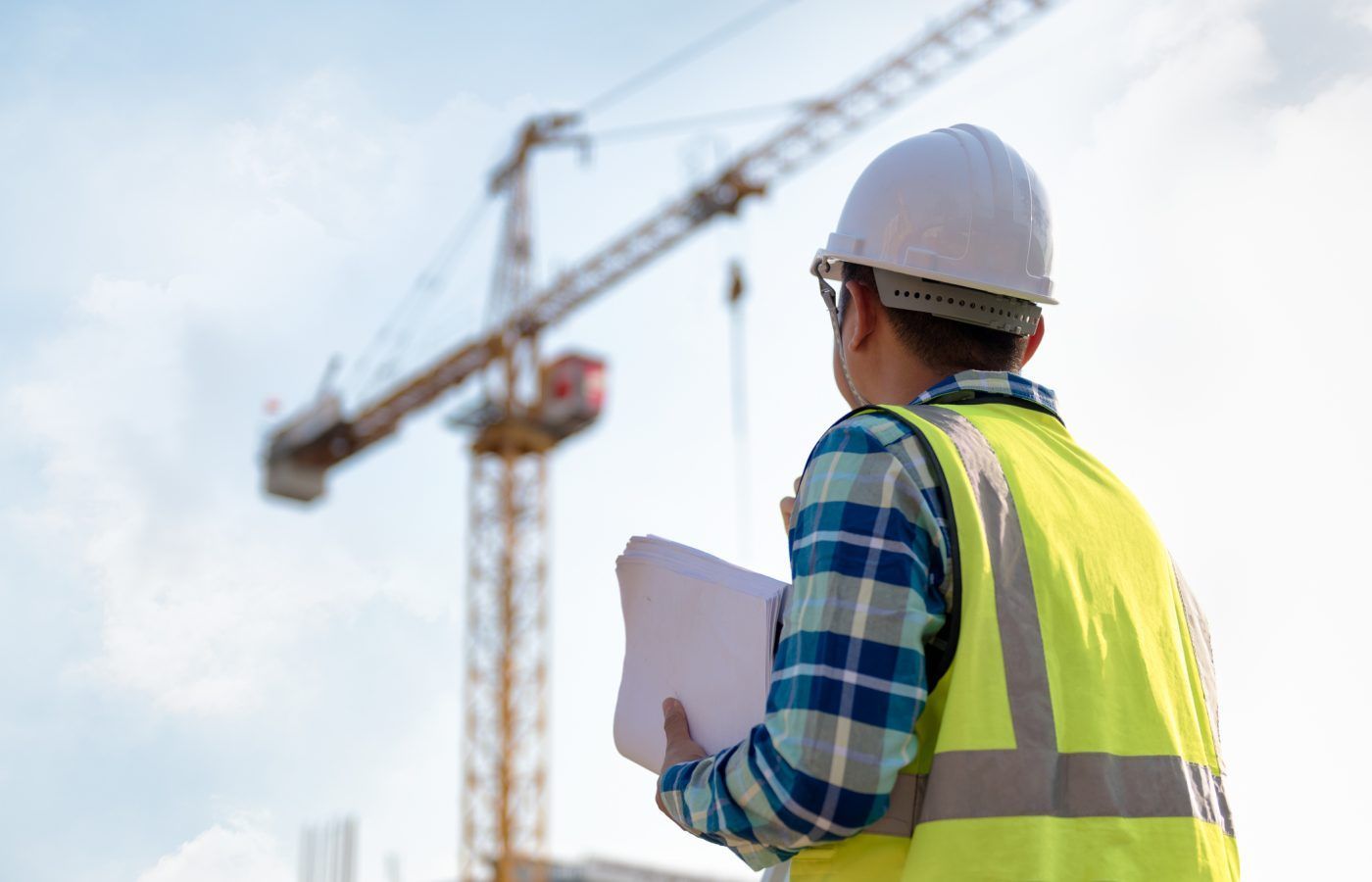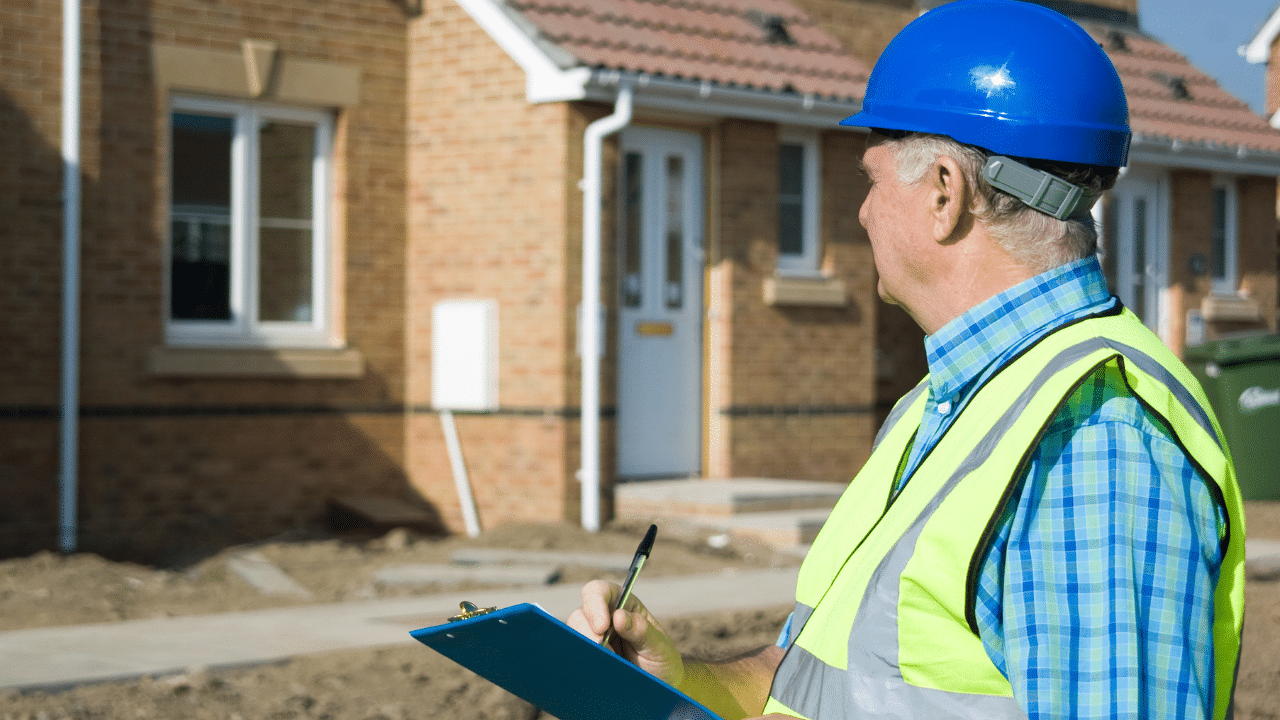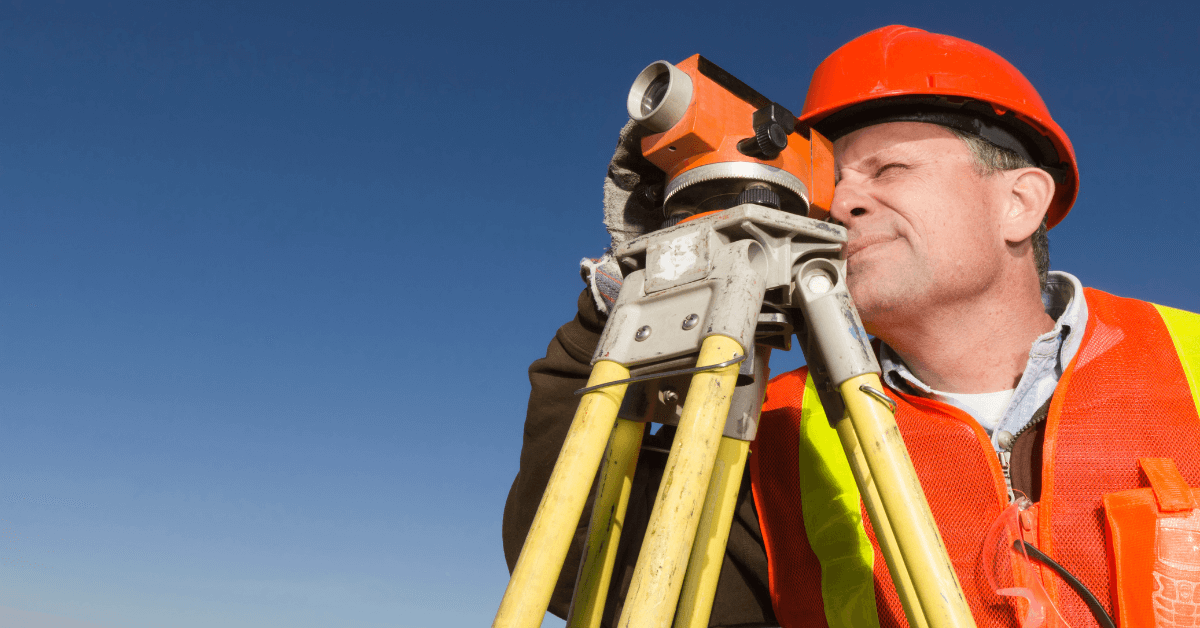Understanding Dilapidation Surveys For Landlords
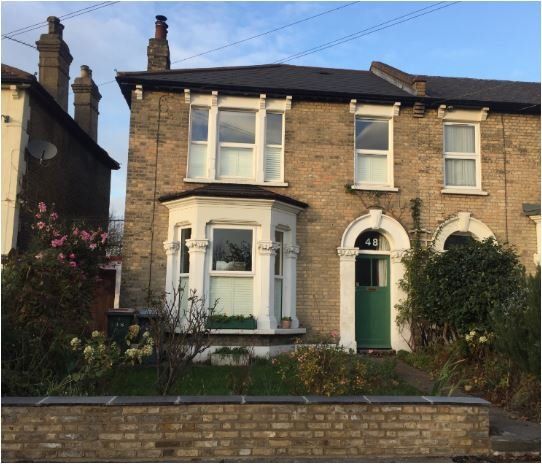
Today, renting a property is increasingly common in the market, and as with any homeowner, tenants have a responsibility to look after their property, taking responsibility for any serious damage caused to come to the end of the lease. As always, wear and tear are expected, but there are some instances when severe structural defects, maintenance or repairs are required in order to restore the property to its original condition. As you move toward the end of your lease, your landlord will typically arrange for a dilapidation survey to be carried out, to ensure the tenant has maintained the property in accordance with the terms of the contract.
Dilapidation Surveys
At the beginning of your tenancy, a Schedule of Condition survey should be carried out to make note of the current condition of the property. This will act as a point of reference for both the tenant and the landlord when it comes to the end of the lease. When the lease is up, a dilapidation survey is carried out to identify any changes to the condition of the property under your tenancy. Should there be a dispute over the condition of the property later, this will act as a key reference point and form of evidence to refer back to. Backed up with both photographic and written evidence, a dilapidation survey will actively inform both the tenant and the landlord of the issues that have arisen during your lease.
Why Have One?
As a landlord, it can be extremely important when it comes to settling disputes between yourself and your tenant to have a dilapidation survey professionally carried out on the premises. Not only will this give you a much clearer idea of the maintenance, repairs and overall work required to restore the property to the original state, it will also hold your tenant to account, should they not fulfil their terms of the contract, leaving the property in a damaged or unrepaired state. In this instance, particularly with written and photographic evidence to confirm liability, the tenant will likely have to pay the damage costs themselves. Here are three key reasons to conduct a dilapidation survey:
Precaution
A Dilapidation Survey is an important precautionary measure to put in place as a landlord to ensure any damages caused by the tenant are accounted for. To avoid issues with liability, a professional survey will provide you with key evidence.
Condition
Carrying out both a Schedule of Condition survey and a Dilapidation Survey will provide clear evidence for any major contrasts between the beginning and the end of the tenancy agreement, thus indicating any damage caused to the condition of the property in that time.
Evidence
As suggested, a dilapidation survey will provide you with clear evidence in order for decisions to be made on liability should damage have occurred.
As one of the best dilapidation survey consultants across Hertfordshire, at Simon Levy Associates we deliver comprehensive, professional advice on all building-related matters to our clients. We manage the business with integrity and honesty to the high ethical and professional standards expected of chartered architects and chartered surveyors. Contact us today.
